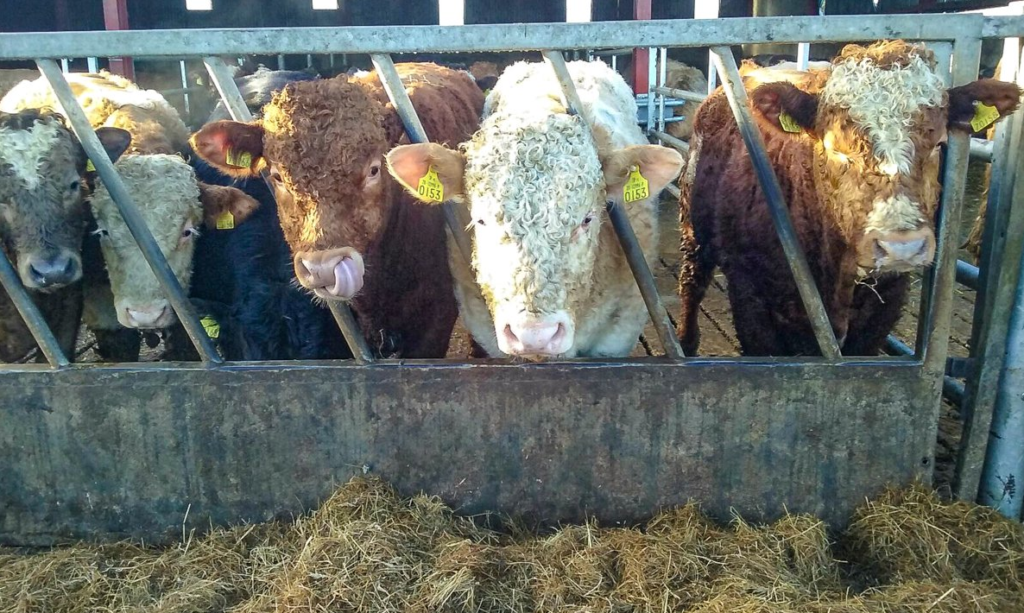For months beef prices have remained low hampering any chance of farmers making a profit. However, factories are now anxious for stock and have increased prices in order to entice farmers with factory-fit cattle.
After battling to hold base quotes over recent weeks, beef buyers have finally relented and are now offering stronger quotes.
This is welcome news for beef finishers and producers are urged to bargain hard when it comes to marketing their animals as prices – above base quotes – have been achieved by some farmers.
Where negotiations were starting at 375c/kg for steers last week, quotes have increased upward by 5c/kg and most plants are now on a base price of 380c/kg; some steer deals are being struck at a base of 385c/kg (excluding Quality Assurance Scheme bonuses).
Like the steer trade, heifer quotes have also climbed by an additional 5c/kg – depending on location and factory demand – to reach 390c/kg. But, some farmers with heifers have achieved 395c/kg.
It is not only the prime cattle trade which has witnessed a much needed lift; cow prices have also been on the up. However, this depends on the quality and grades being presented. The location and demand of individual processing plants also has to be factored into the equation.
Buyers are offering 275-290c/kg to purchase P-grade animals. In addition, procurement managers are starting negotiations with farmers for O-grade and R-grade cows at 290-300c/kg and 310c/kg respectively.
Bull prices have also increased. Factory agents are quoting in the region of 360c/kg for R-grades and procurement managers are quoting upwards of 365c/kg for U-grades.
Cattle throughput
While last Monday’s bank holiday will have to be factored into the equation, the number of cattle slaughtered in Department of Agriculture approved beef export plants amounted to 31,580 head, figures from the Department of Agriculture show.
Looking at the beef kill in more detail, some 3,723 young bulls were slaughtered during the week ending April 21 – a decrease of 862 head on the week before.
Heifer and cow throughput also declined, with supplies down by 1,181 head and 500 head respectively. In addition, the number of steers processed fell by 995 head on the previous week’s kill.
Aged bull supplies increased during the week ending April 21 dropped by 155 head.
- Young bulls: 3,723 head (-862 head or -18%);
- Bulls: 1,124 head (-155 head or -12%);
- Steers: 11,424 head (-995 head or -8%);
- Cows: 5,739 head (-500 head or -8%);
- Heifers: 9,542 head (-1,181 head or -11%);
- Total: 31,580 head (-4,071 head or -11%).

